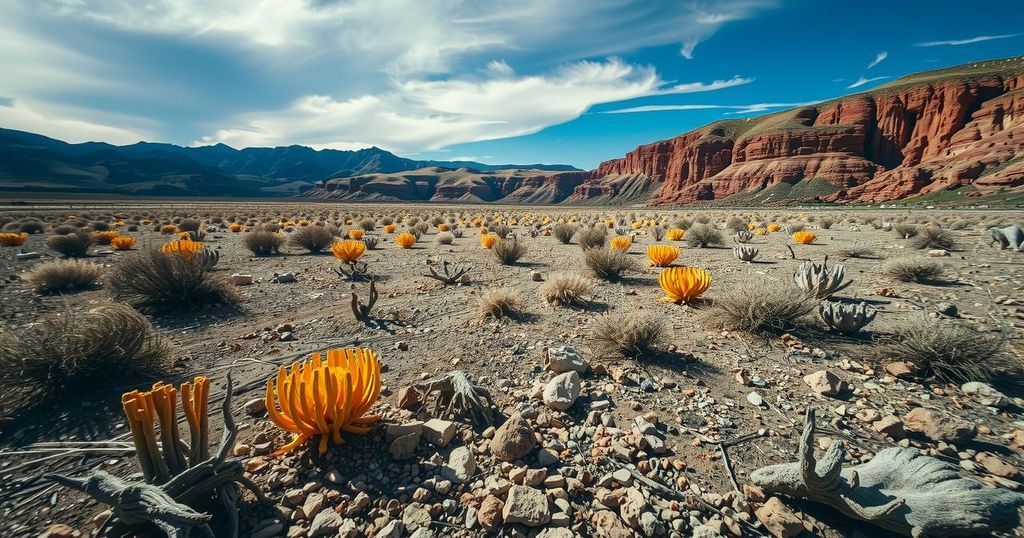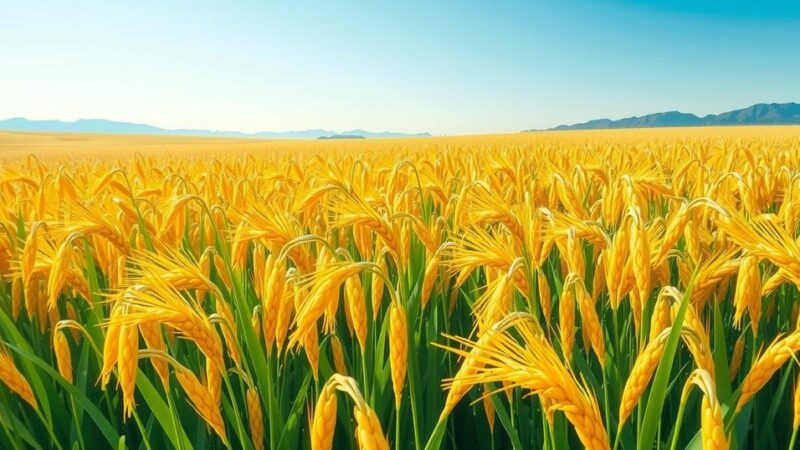A new study indicates that if global temperatures continue to increase, Colorado and the western U.S. could experience extreme droughts every six years by the end of the century. Linkages have been drawn between climate change and intensified drought conditions, highlighting the need for urgent action to mitigate greenhouse gas emissions. The recent drought from 2020 to 2022 exemplifies the deteriorating situation, resulting in severe environmental impacts, wildfire hazards, and emergencies throughout Colorado.
A recent study warns that Colorado and the broader western United States could experience extreme droughts every six years by the century’s end, should global temperatures continue to rise. The research emphasizes the significant link between these intensifying drought conditions and climate change, highlighting the urgency for immediate action to lower greenhouse gas emissions. Historically infrequent severe droughts, like the one from 2020 to 2022, are becoming increasingly common due to climate-induced temperature changes, leading to longer and more severe droughts.
According to Joel Lisonbee, a scientist at the University of Colorado Boulder, such future drought conditions will be widespread, prolonged, and more severe. The drought that transpired from 2020 to 2022 illustrated the harsh impacts of climate change on the region. The research indicates that elevated temperatures contributed to 61% of the drought’s severity, whereas diminished precipitation accounted for the remaining 39%. These drought conditions were instrumental in the occurrence of Colorado’s three largest wildfires, devastating over 541,000 acres of land and triggering environmental issues, including mudslides and life-threatening flash floods.
The Marshall Fire in December 2021, which became the most destructive wildfire in Colorado’s recorded history, further emphasized the persistent dangers posed by climate change. Smoke from these fires also degraded air quality, making some days among the worst globally for the Front Range area. A study published in Science Advances states that as atmospheric temperatures rise, increased water vapor leads to heightened evaporation and reduced precipitation, a cycle that worsens drought conditions. Traditional mitigation strategies, such as constructing reservoirs, are proving inadequate against this reality.
“The only way to prevent this is to stop temperature increases, which means reducing greenhouse gas emissions,” noted Rong Fu, a professor of atmospheric sciences at UCLA and the study’s lead author. Throughout the severe drought of 2020, all counties in Colorado faced extreme conditions, prompting Governor Jared Polis to declare a state of emergency for 21 counties on the Western Slope. Experts caution that without definitive action, Colorado will continually confront significant challenges regarding its water resources, agricultural sector, and overall community welfare as severe droughts escalate.
The evolving climate crisis poses a severe threat to water resources and environmental stability in regions such as Colorado. Traditionally, the state experienced infrequent severe droughts, but increasing global temperatures have dramatically altered this pattern. The recent drought between 2020 and 2022 serves as a stark reminder of the impact of climate change, showcasing its ability to transform once uncommon drought conditions into a frequent and devastating reality. This change not only threatens the natural landscape but also exacerbates wildfire risks and compromises urban air quality.
The potential for Colorado to face extreme drought conditions every six years due to climate change is a grave concern that necessitates immediate and comprehensive action. Experts advocate for substantial reductions in greenhouse gas emissions to mitigate these adverse effects. The historical droughts that have already affected the region underscore the growing severity and frequency of such climate-related events, warning that inaction could have dire consequences for the state’s water resources, agricultural viability, and community well-being.
Original Source: www.natureworldnews.com






